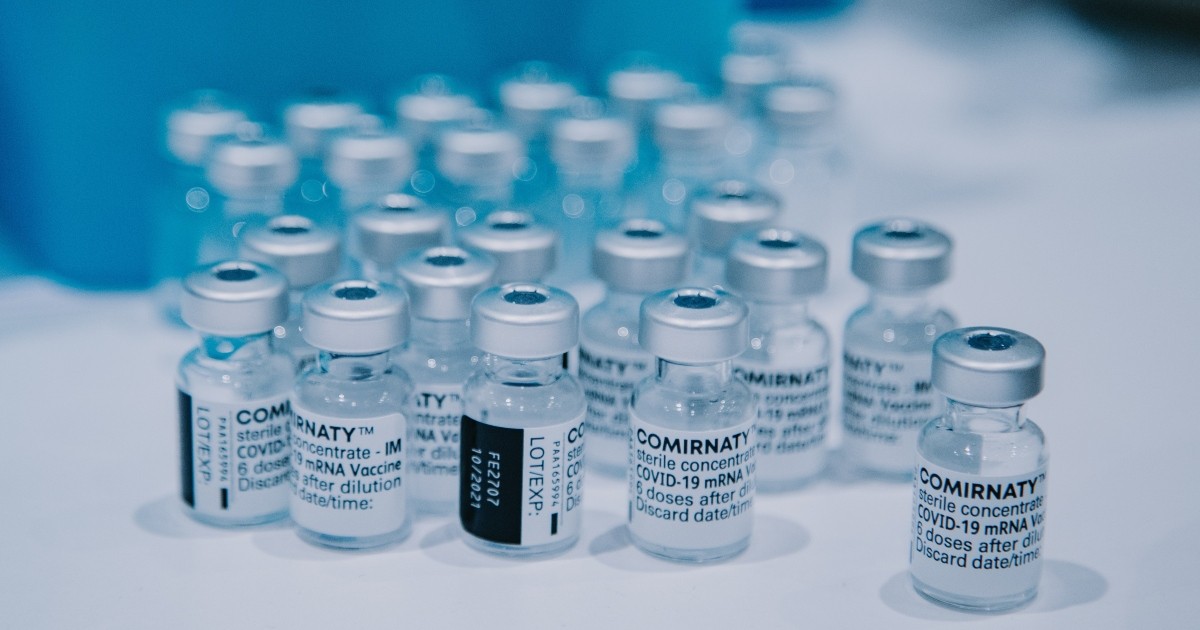Bayer executive wrongly said mRNA vaccines are gene therapy

A video allegedly showing the “head of pharma at Bayer” admitting “mRNA vaccines are gene therapy” has been shared on social media.
The 40-second clip shows a man identified as Stefan Oelrich saying: “We’re really taking that leap, us as a company, Bayer, in cell or gene therapy which to me is one of these examples where really we’re going to make a difference hopefully moving forward. Ultimately the mRNA vaccines are an example for that cell or gene therapy.”
The clip is a genuine recording of the head of Bayer’s pharmaceuticals division Stefan Oelrich speaking at a World Health Summit event in 2021. However, he spoke incorrectly, as mRNA vaccines are not a type of gene therapy, because they do not alter DNA in the body.
A Bayer spokesperson told Full Fact that Mr Oelrich’s comment was “an obvious slip of the tongue” and that “mRNA is not a gene therapy in the sense of general understanding”.
Fact checks like these are made possible with your support
Covid-19 vaccines aren’t ‘gene therapy’
As we have written a number of times in the past, mRNA vaccines are not gene therapy.
The mRNA vaccines mentioned in the video (Pfizer and Moderna in the UK) work by packaging instructions on how to make the spike protein on the surface of the SARS-CoV-2 virus (which causes Covid-19). These mRNA instructions enter human cells and are used to make the spike protein, causing an immune response, which helps the body to fight off a genuine Covid-19 infection at a later date.
The mRNA from vaccines doesn’t enter the cell’s nucleus, where DNA is located, or interact with the person getting the vaccine’s DNA at all.
Gene therapy, on the other hand, involves delivering functioning DNA into the nuclei of the patient’s cells, often to cure a genetic condition.
This means that gene therapies can permanently alter someone’s DNA, with those changes being inherited by daughter cells that result if the cell divides, while mRNA is transitory and not inherited.
It isn’t cell therapy either, where new cells are introduced into a patient’s body, often using stem cells.
Image courtesy of Mat Napo

